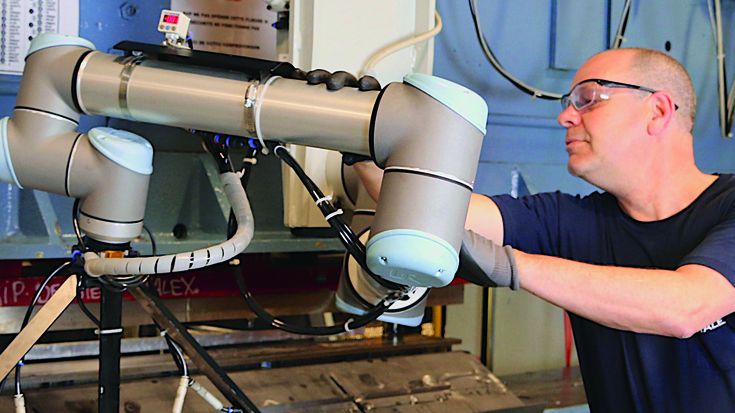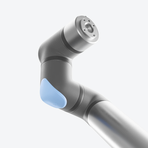New Technical Specification on Collaborative Robot Design

New guidelines on how to ensure the safety of human workers in collaborative robotic systems have now been published by ISO. Universal Robots was part of the committee drafting the ISO/TS 15066 specifications and sees the new document as a solid foundation for future work in this area.
Today the International Organization for Standardization (ISO) published the long awaited ISO/TS 15066 as a supplementary document to support the ISO 10218 ‘Safety Requirements for Industrial Robots’ standard. ISO/TS 15066 is a comprehensive document to help integrators of robotic cells conduct risk assessments when installing collaborative robots.
Universal Robots’ Global Compliance Officer, Lasse Kieffer, is an active expert in the ISO committee that developed ISO/TS 15066:
“When the last revision of the ISO 10218 standards came out back in 2011, they were focused on traditional industrial robots, collaborative robots were still a new technology and not addressed in detail. We are pleased that the industry with ISO/TS 15066 now has received additional published specifications to guide the implementation of cobots operating safely with humans.”
ISO/TS 15066 describes the different collaborative concepts and details the requirements to achieve these. In addition to design and risk assessment requirements, it also presents a research study on pain thresholds vs. robot speed, pressure and impact for specific body parts.
“As the leading manufacturer of collaborative robots, our robots feature adjustable safety functions to comply with these guidelines. ISO/TS 15066 represents the consensus reached between member countries on an emerging technology. We acknowledge that the world needs a conservative approach towards robot safety, but there is still a lot of ongoing research on safe human-robot interactions and how to define practical guidelines in order to unleash the full potential of collaborative robots. We look forward to following this work as it evolves," says CTO of Universal Robots, Esben Østergaard.
The patented safety system of UR robots features eight adjustable safety functions; Joint positions and speeds, TCP positions, tool orientation, speed and force, as well as the momentum and power of the robot.
About ISO/TS 15066
The new Technical Specification is available from today at http://www.iso.org/iso/home/store.htm. It has been drafted by an ISO committee with members from the 24 participating countries, including representatives from the leading collaborative robot manufacturers. The work on ISO/TS 15066 started back in 2010 and the published result is the consensus between all stakeholders. ISO/TS 15066 is a Technical Specification that provides supplemental and supporting information to the industrial robot safety standards ISO 10218-1 and ISO 10218-2 published in 2011.

- Universal Robots USA, Inc
- 27175 Haggerty Road, Suite 160
- 48377 Novi, MI